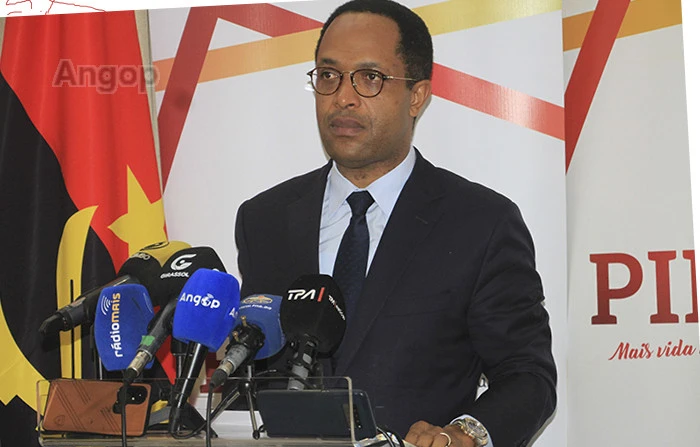Luanda - Eighty-two projects included in the Integrated Program of Intervention in Municipalities (PIMM), linked to infrastructure and communication routes, were completed, aiming to improve the conditions for the circulation of people and goods.
The information was provided this Friday, in Luanda, by the secretary of State for Media, Nuno Caldas, during the seventh ordinary meeting of the PIIM Interministerial Commission.
The committee member reported that of these projects, 28 are linked to asphalting, representing a potential of 92 kilometers of roads. In the field of earthmoving, he said that 29 projects were carried out, representing a total of 584 kilometers of roads.
Regarding the rehabilitation of secondary and tertiary roads, he reported that 22 projects were implemented, indicating a potential of 326 kilometers of road.
According to the secretary of Sate, this concept has had a positive impact on improving the living conditions of populations, in various areas.
He also added that 2,568 projects registered with PIIM have already been 100 percent executed.
During the meeting, the memorandum of transfer of PIIM projects from central to municipal scope was evaluated.
The commission also assessed the projects that are in physical execution, between 70 and 90 percent, of which 580 projects were indicated that reached this level already.
According to Nuno Caldas, the projects that are in legibility conditions were also analyzed, the precedent conditions for their approval and start of work were evaluated, as well as the impact of PIIM, especially in the field of health, education and communication routes or infrastructures.
He disclosed that in the health sector, 163 projects were completed in various health units, of which 30 health centers were designed, providing more than two thousand beds in the sector. In the area of education, 370 projects were completed, allowing the creation of 2,878 classrooms and 103,608 places for students at different levels of education.
For him, these projects have had a positive impact on improving the living conditions of the population, in various areas.
He explained that in terms of transfers of projects from a central scope to the provinces, the process runs normally, with some of greater complexity, such as health and energy and water, having been considered, as they deserve greater specialized monitoring for its implementation.
In an overall assessment, he highlighted, 60 percent of these projects have already been transferred to provincial governments.
EVC/OHA/TED/jmc
































